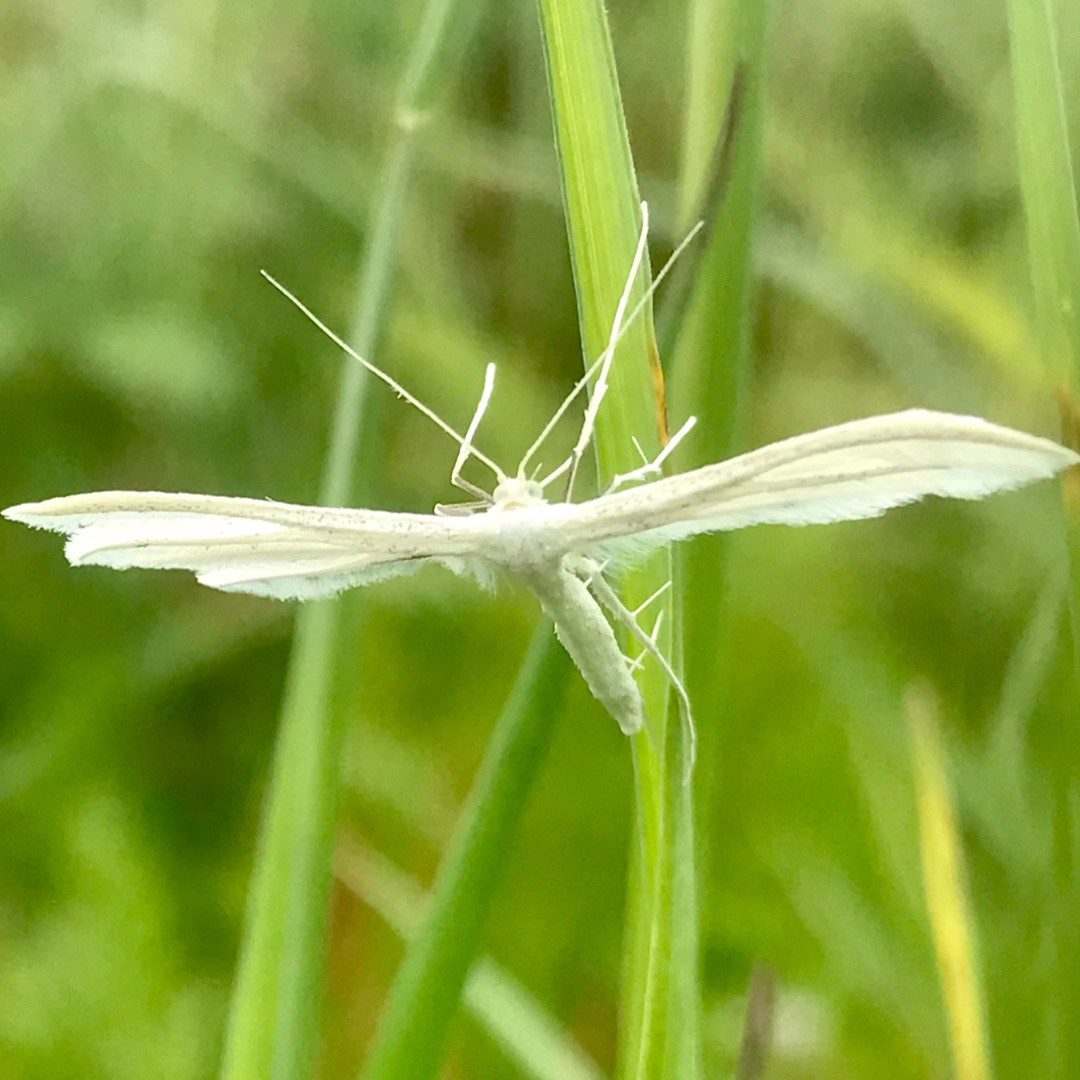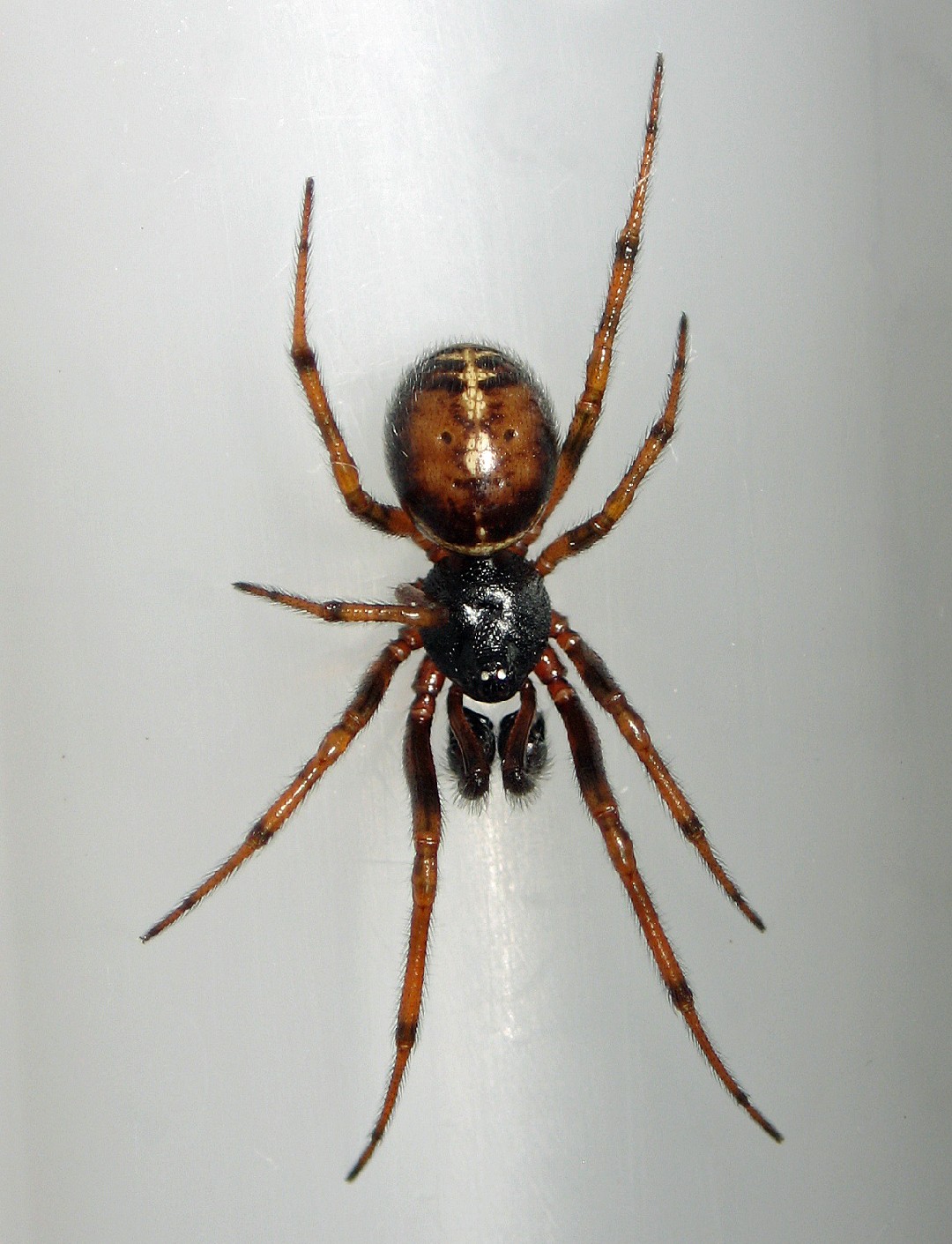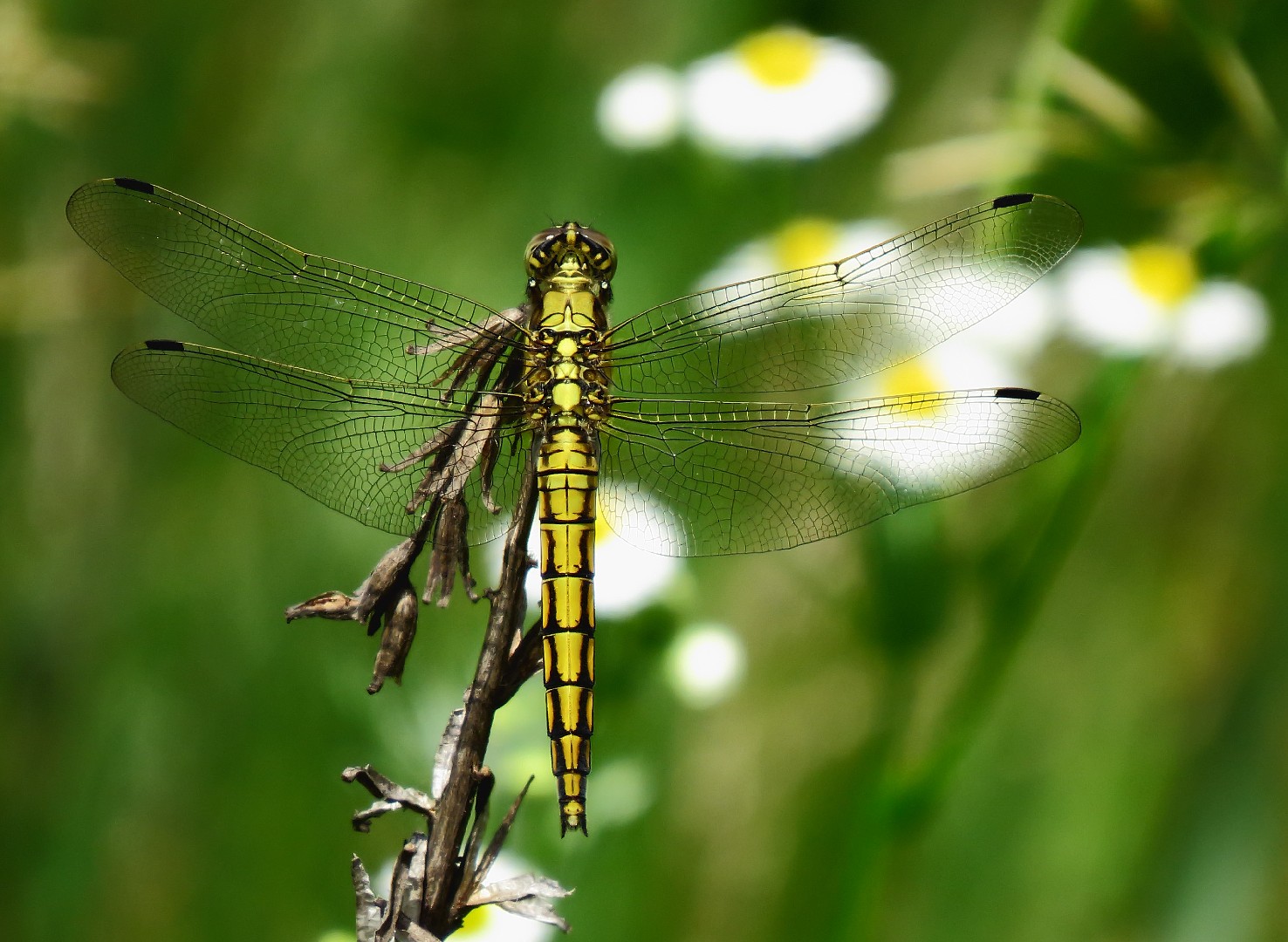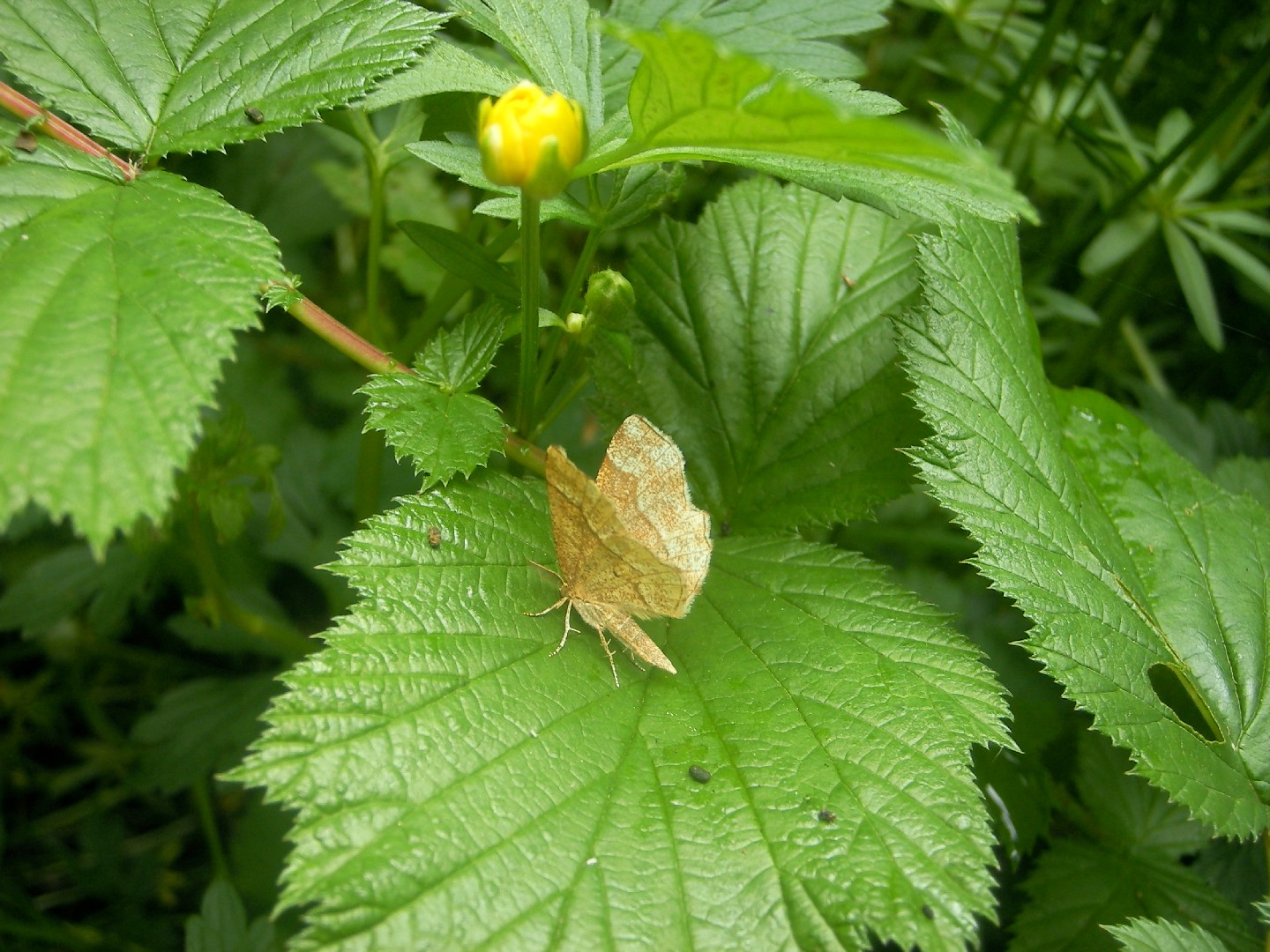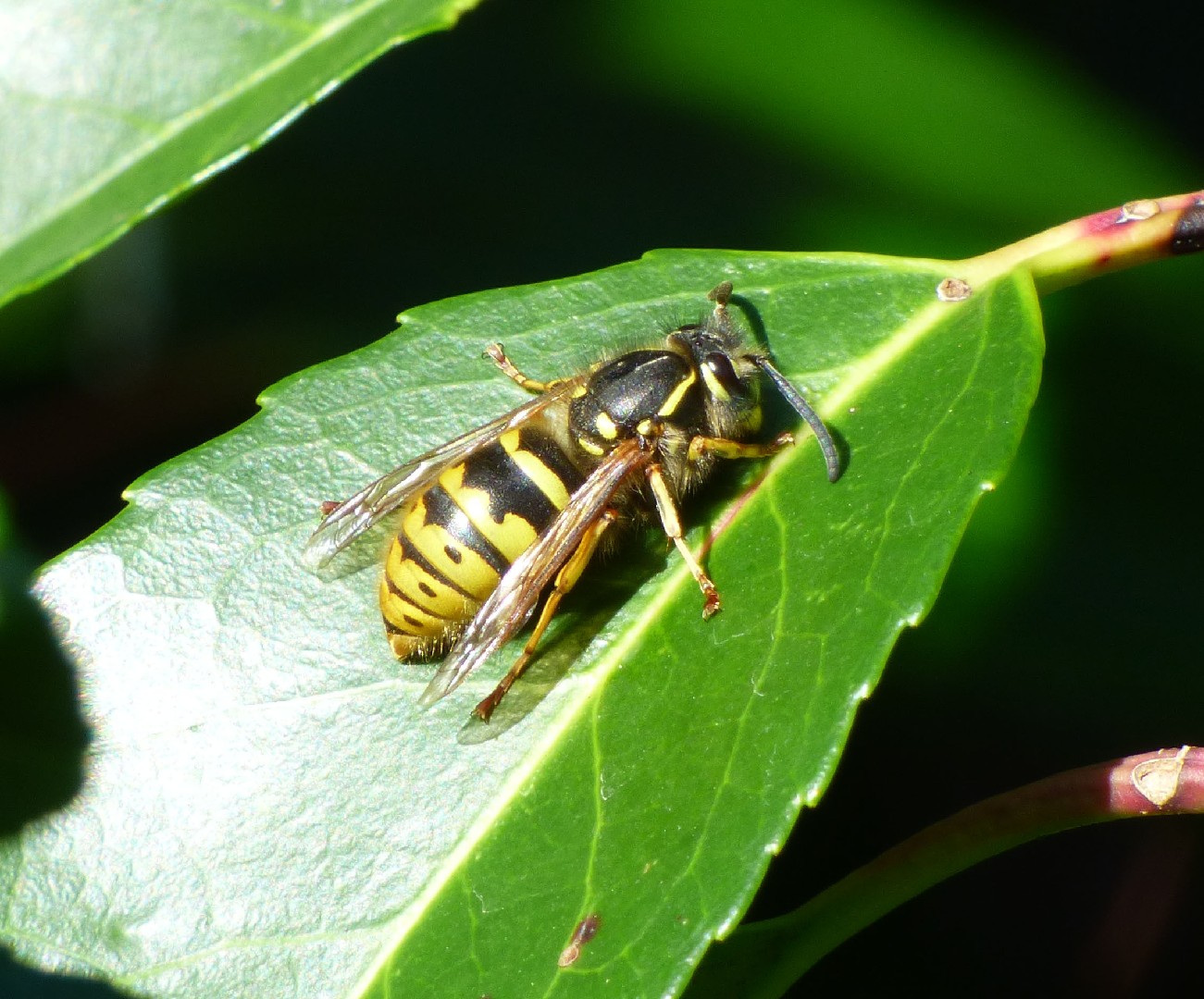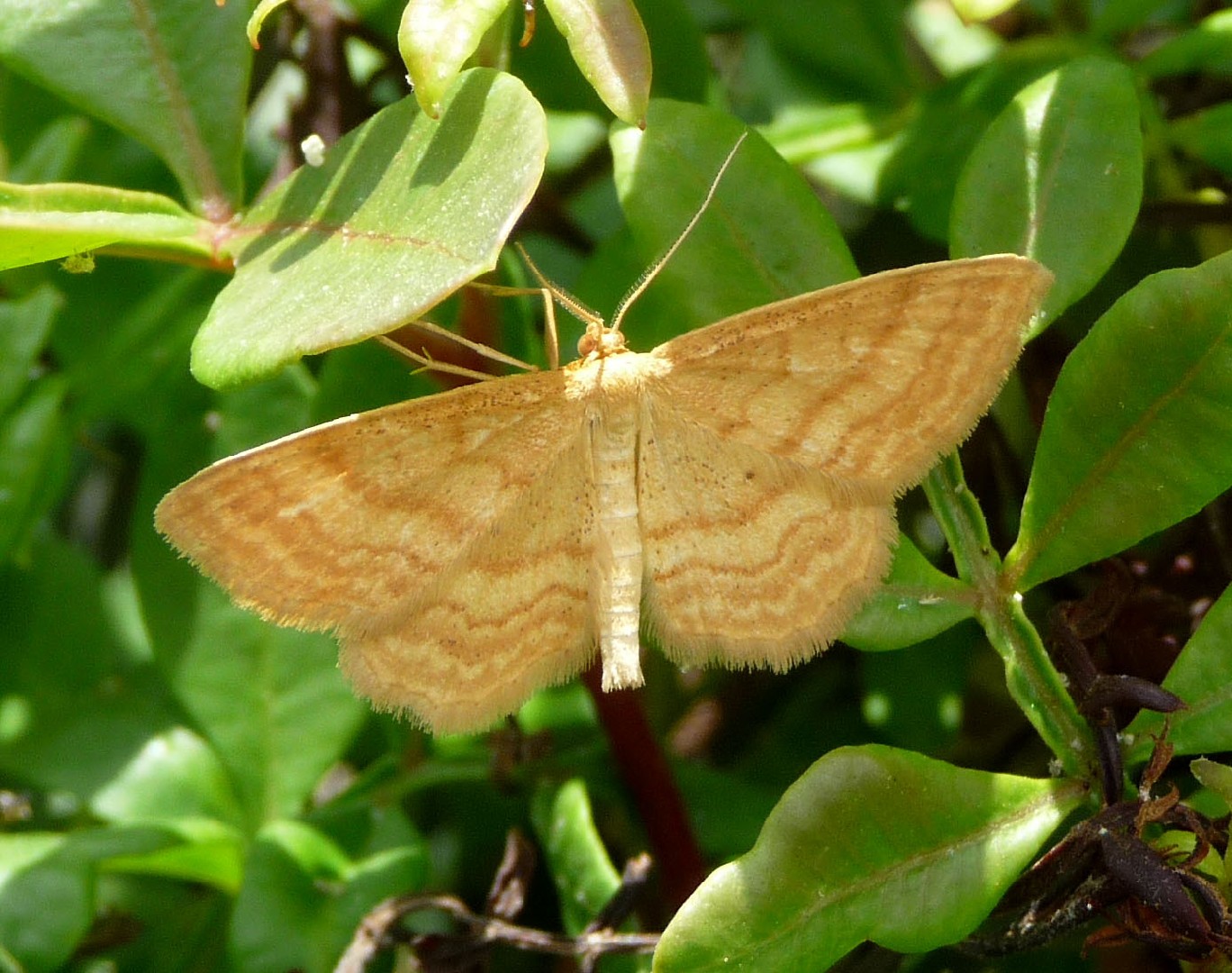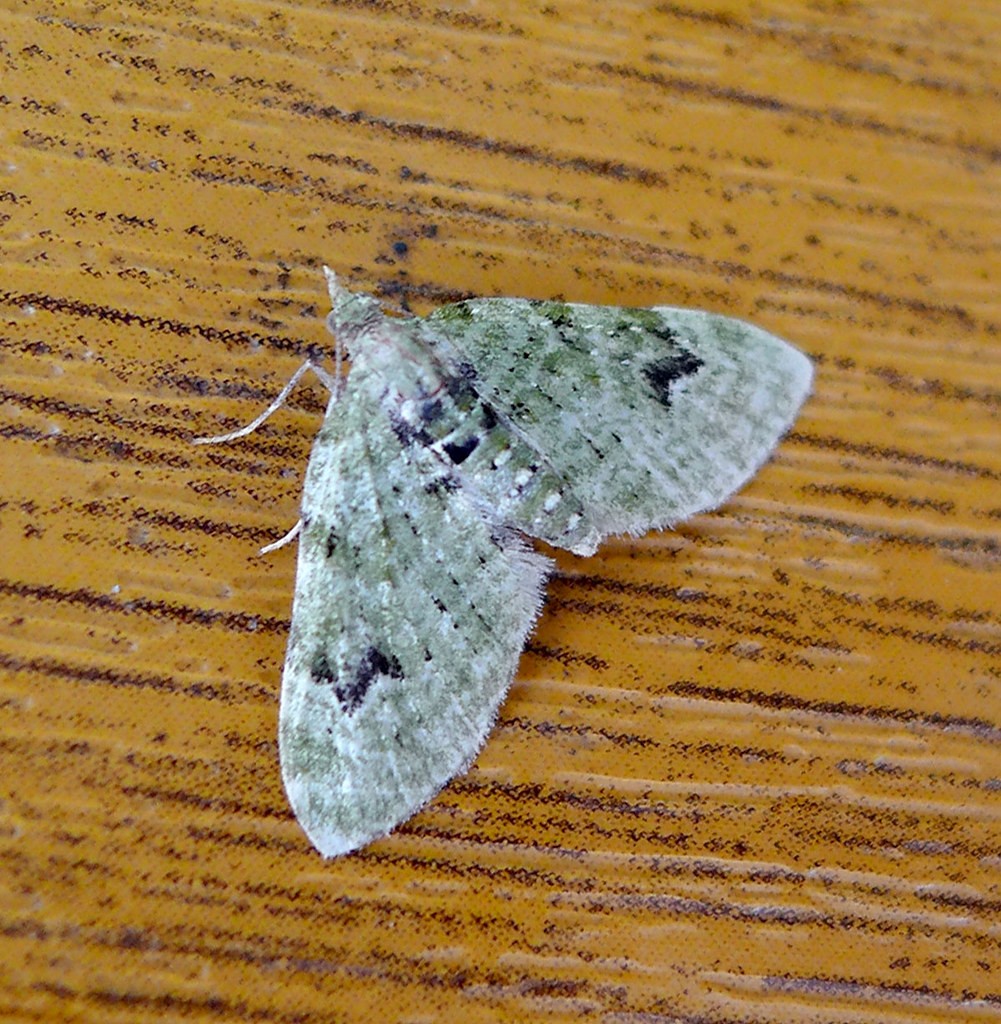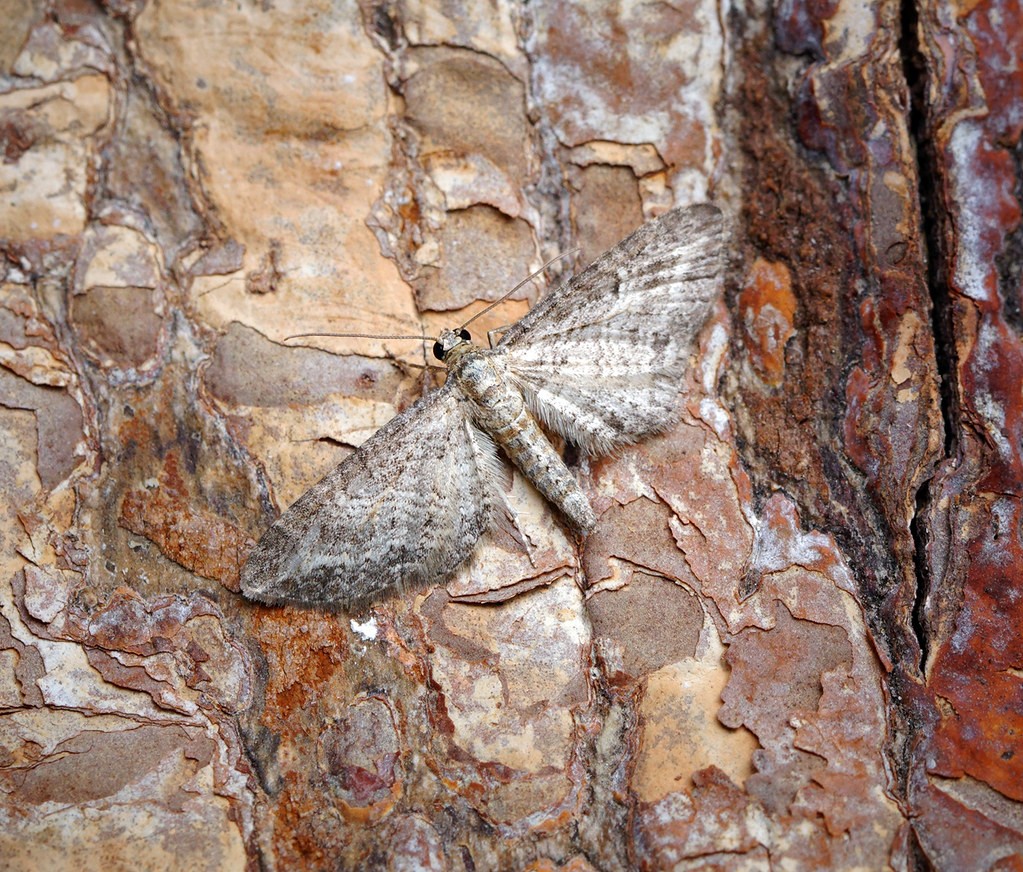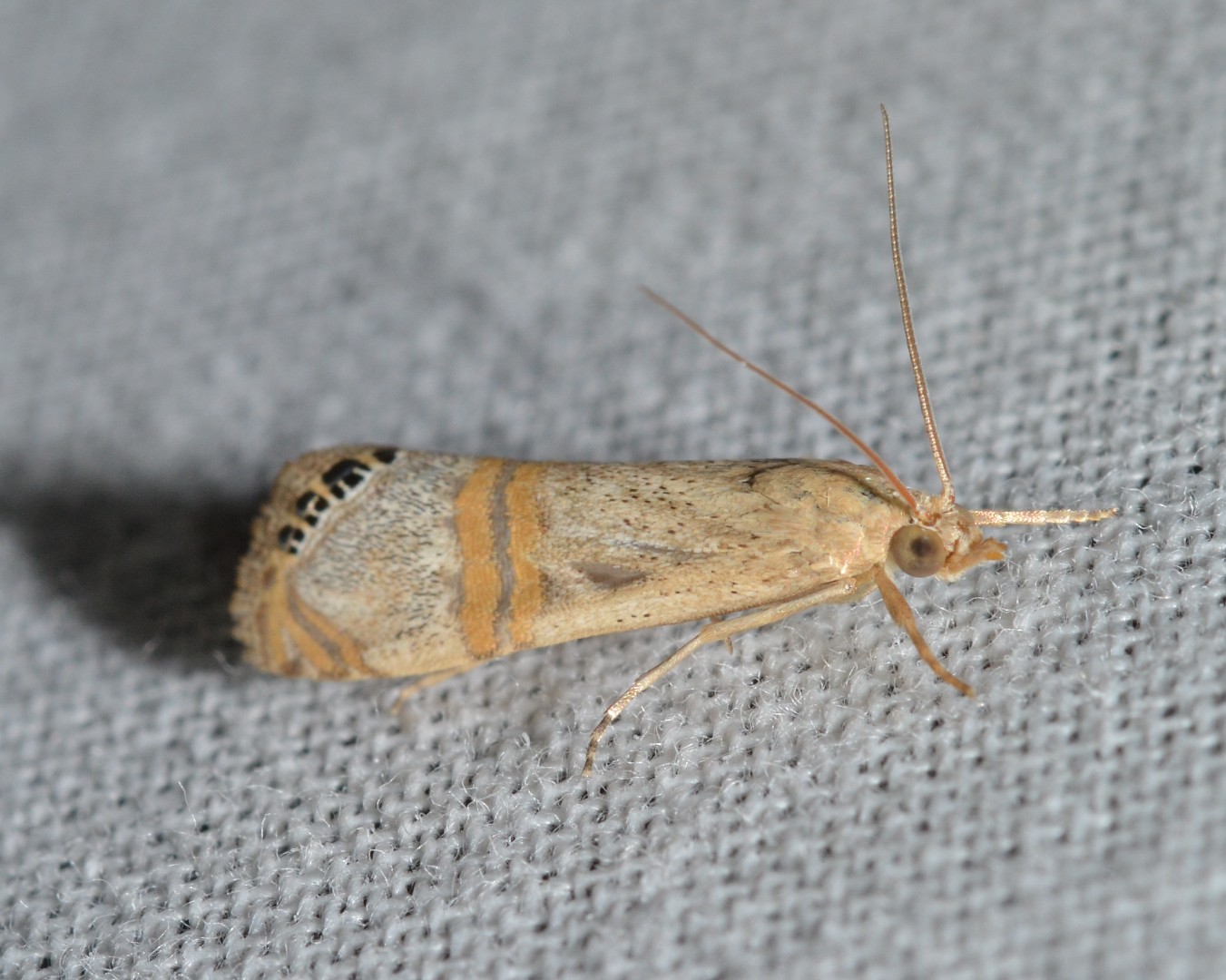Top 20 Most Common Insects in Kulebaki
Insects, with their distinct features and habitats, form a vital part of Kulebaki's ecosystem. From diverse landscapes to unique climates, Kulebaki provides a rich variety for insect species complexity. Discovering the 20 most common insects allows us to appreciate their roles as both pests and benefactors. Understanding these creatures illuminates the intricate connection between Kulebaki environments and its winged or many-legged inhabitants.
Most Common Insects
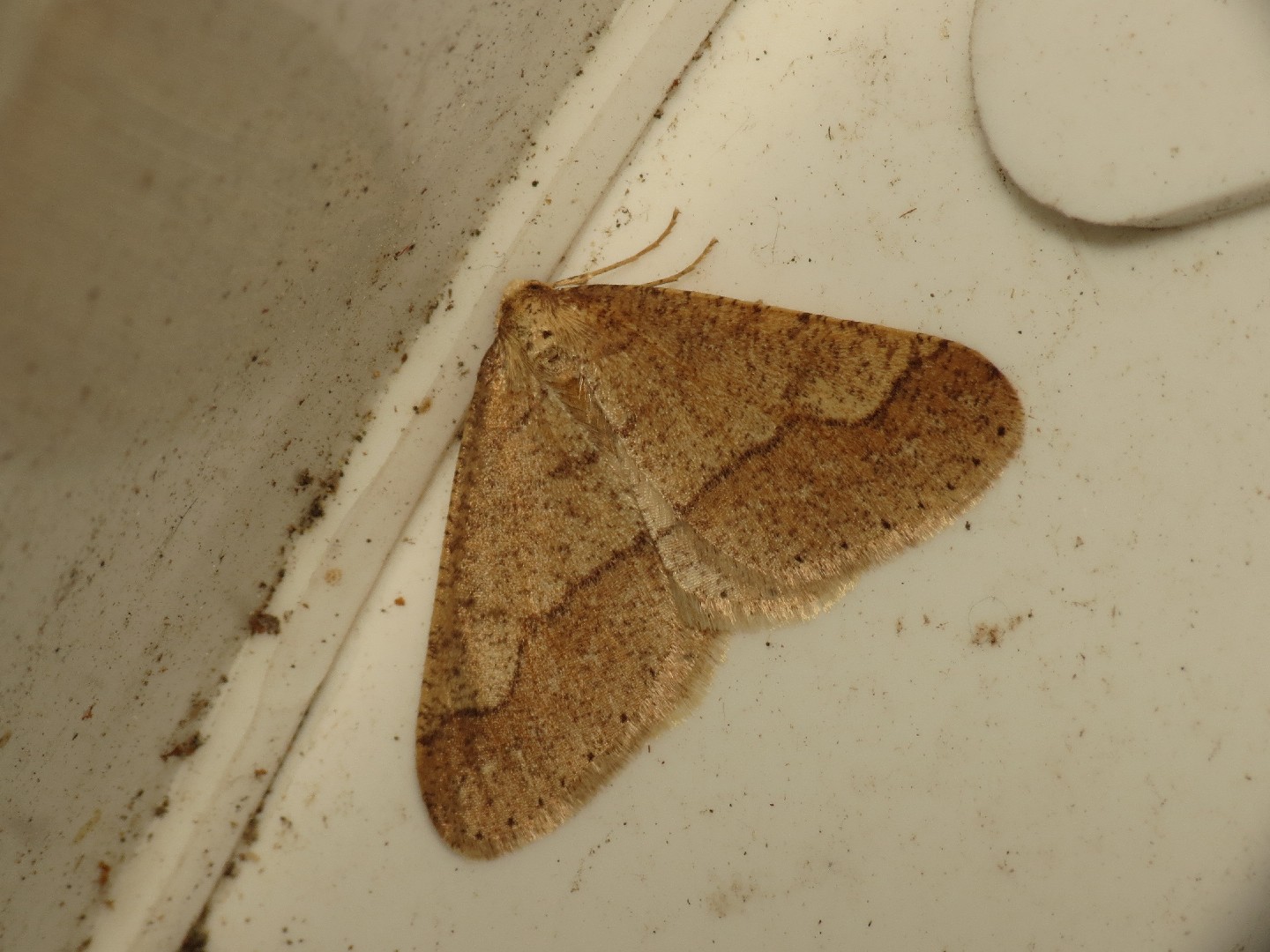
1. Dotted border
The dotted border (Agriopis marginaria) is a moth of the family Geometridae. The species was first described by Johan Christian Fabricius in 1776. It is found throughout Europe, except the far north, and the Near East. The female of this species has only vestigial wings and is totally flightless. It is usually found resting on the trunks and branches of the larval food plants. The male has orange-brown forewings with a paler yellowish band and a row of dots along the termen which gives it its common name. The hindwings are whitish with faint fascia. Melanic forms are frequently seen. The wingspan is 36–42 mm. The adults are active from February to April, the male sometimes coming to light but not strongly attracted. The egg is ovate, greenish, becoming reddish on the upper side. The very variable larva is usually greenish-brown with dark cross-shaped markings along the back and feeds on a range of trees and shrubs (see list below). The species overwinters as a pupa. ^ The flight season refers to the British Isles. This may vary in other parts of the range. 
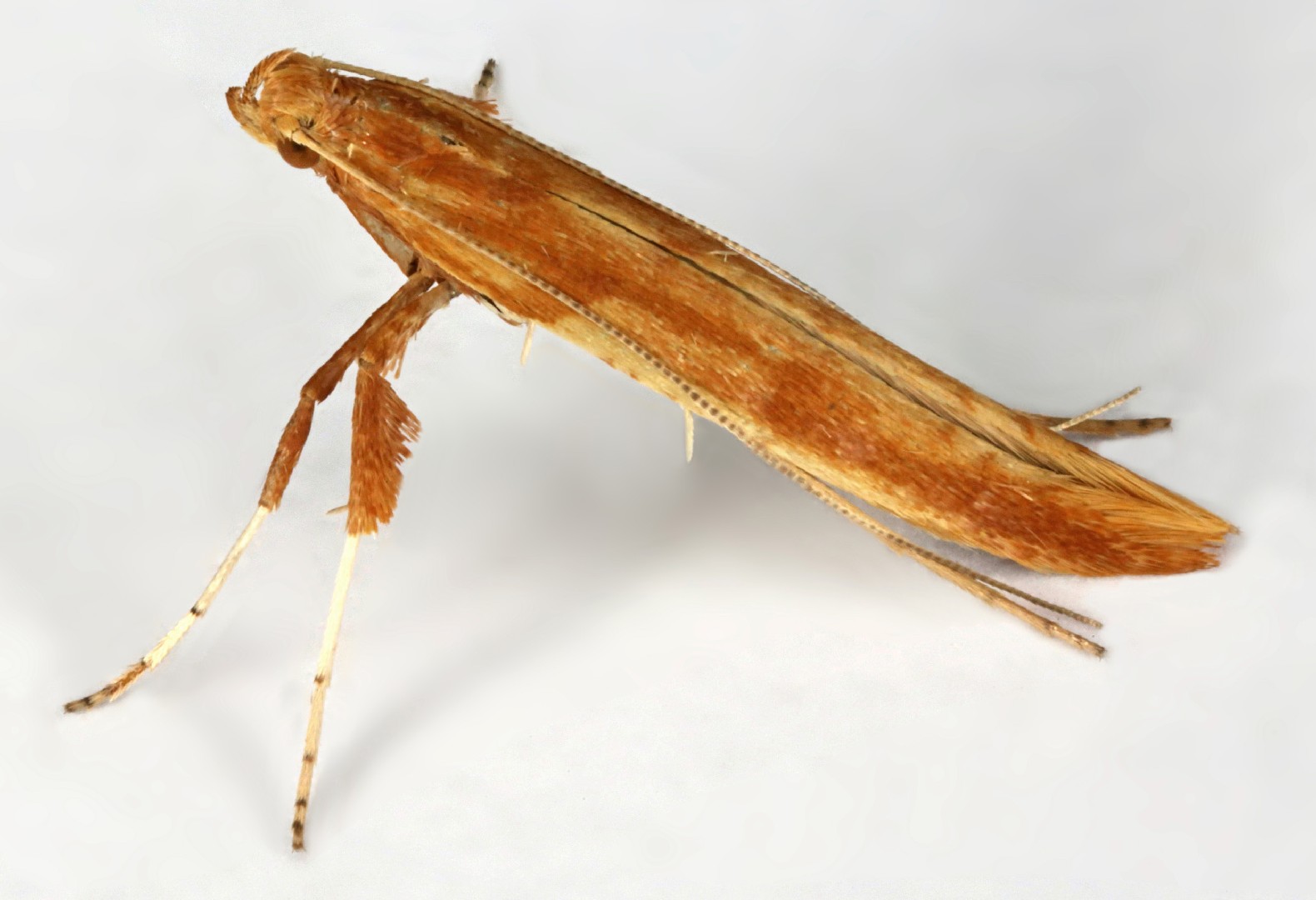
2. Red birch slender
Caloptilia betulicola, the red birch slender, is a moth of the family Gracillariidae. It is found from Scandinavia and the north of European Russia to the Pyrenees and Alps and from Ireland to Poland and Slovakia. In the east it is found up to China, Japan and the Russian Far East. The wingspan is 14–16 millimetres (0.55–0.63 in).The moth has yellow marked orange brown forewings or almost unicolorous yellow.It is , then, similar to Caloptilia elongella and Caloptilia hemidactylella. There are two generations per year, with adults on wing in June and July and again in September and October. The larvae feed on Betula pendula and Betula pubecens. They mine the leaves of their host plant. The mine starts with an inconspicuous epidermal corridor. Later, a blotch is formed, that quickly develops into a tentiform mine. Generally, the mine is lower-surface, but upper-surface mines are not rare. The frass is deposited in a mass of grains in a corner of the mine. After leaving the mine, the larva moves twice. First it lives in a rolled or folded leaf margin and later in a leaf that is rolled downwards, starting from the leaf tip. Pupation takes place in a white, shining, parchment-like cocoon, that is attached to the leaf margin with silk. 
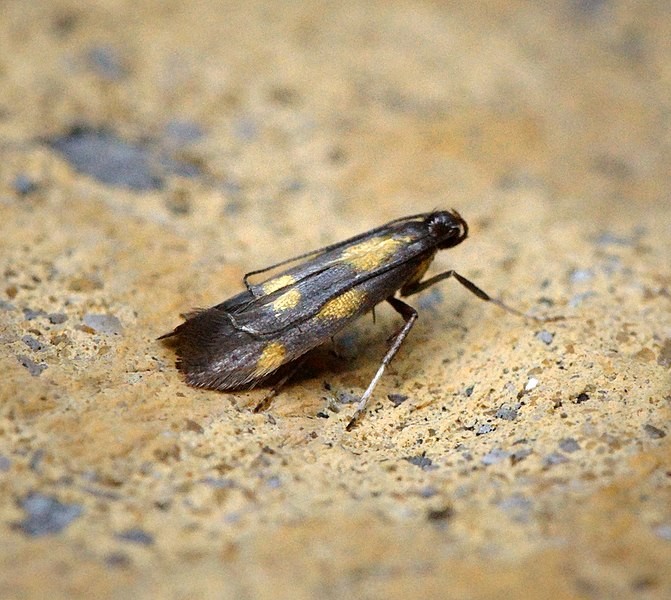
3. Gold-dot slender
Euspilapteryx auroguttella is a moth of the family Gracillariidae. It is known from all of Europe. The wingspan is 9–10 mm.Antennae with apex white. Forewings dark fuscous, purplish- tinged ; a roundish spot below costa at 1/3, another on costa at 2/3, and two on dorsum near base and before tornus bright yellow. Hindwings are grey.The larva is whitish-green ; dorsal line greener ; head pale yellow-brown. Adults are on wing in May and August in two generations. The larvae feed on Hypericum adenotrichum, Hypericum elegans, Hypericum hircinum, Hypericum hirsutum, Hypericum humifusum, Hypericum maculatum, Hypericum montanum, Hypericum olympicum, Hypericum perforatum, Hypericum rhodoppeum and Hypericum tetrapterum. They mine the leaves of their host plant. The mine starts as a lower-surface epidermal corridor. The last section is widened into a blotch. Only then the larva begins to consume parenchymatous tissue and to line the inside of the mine with silk. The leaf folds itself around the mine. The frass is deposited in a clump in a corner of the mine. Older larvae leave the mine and live freely in a leaf tip that has been folded downwards. 
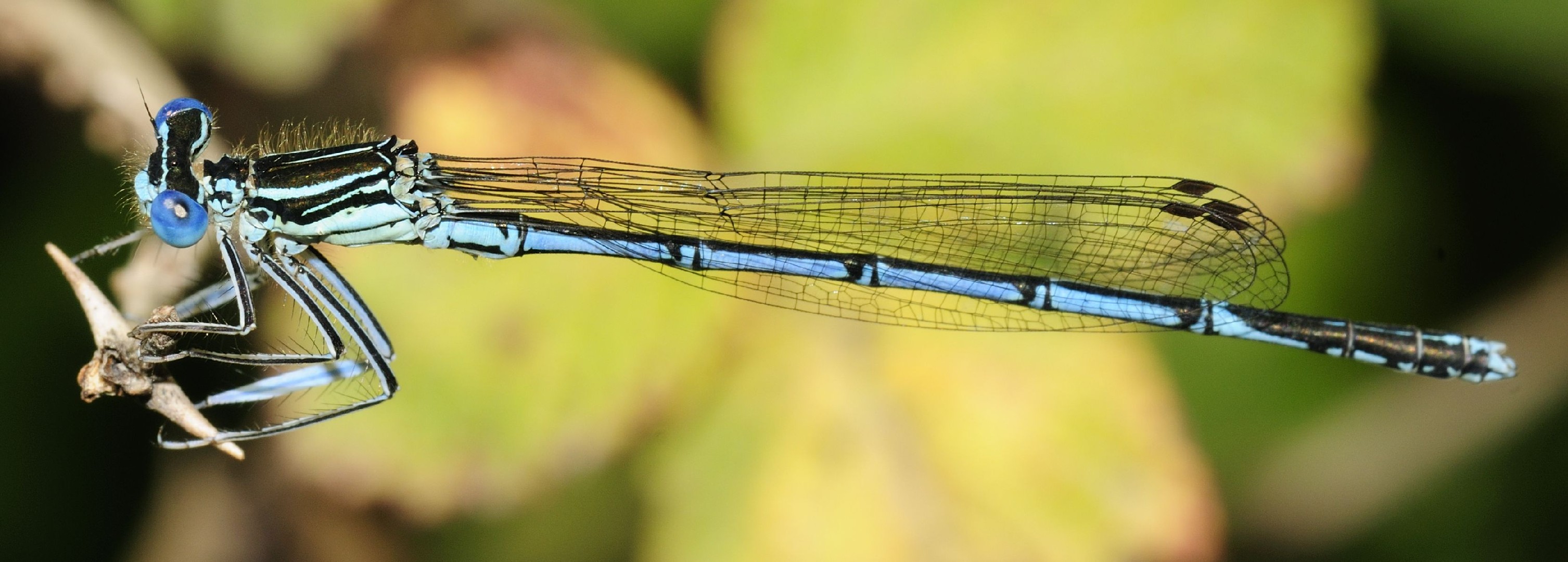
4. White-legged damselfly
The white-legged damselfly or blue featherleg (Platycnemis pennipes) is a damselfly of slow-flowing, muddy waters. It occurs from the Atlantic to Siberia and is often abundant throughout its range. 
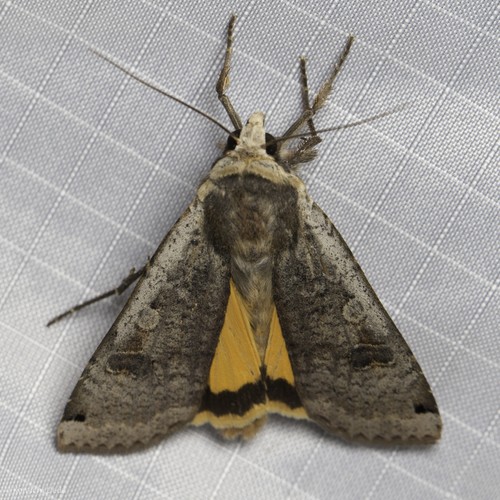
5. Large yellow underwing
An unusually large and heavy species of moth, large yellow underwing (Noctua pronuba) is dreaded by gardeners for the larvae's habit of causing fatal damage to the base of virtually any herbaceous plant. Large migrations occur some years, but how those years are determined is not yet known. Its contrasting colors (yellow-orange and brown) are thought to confuse would-be predators.
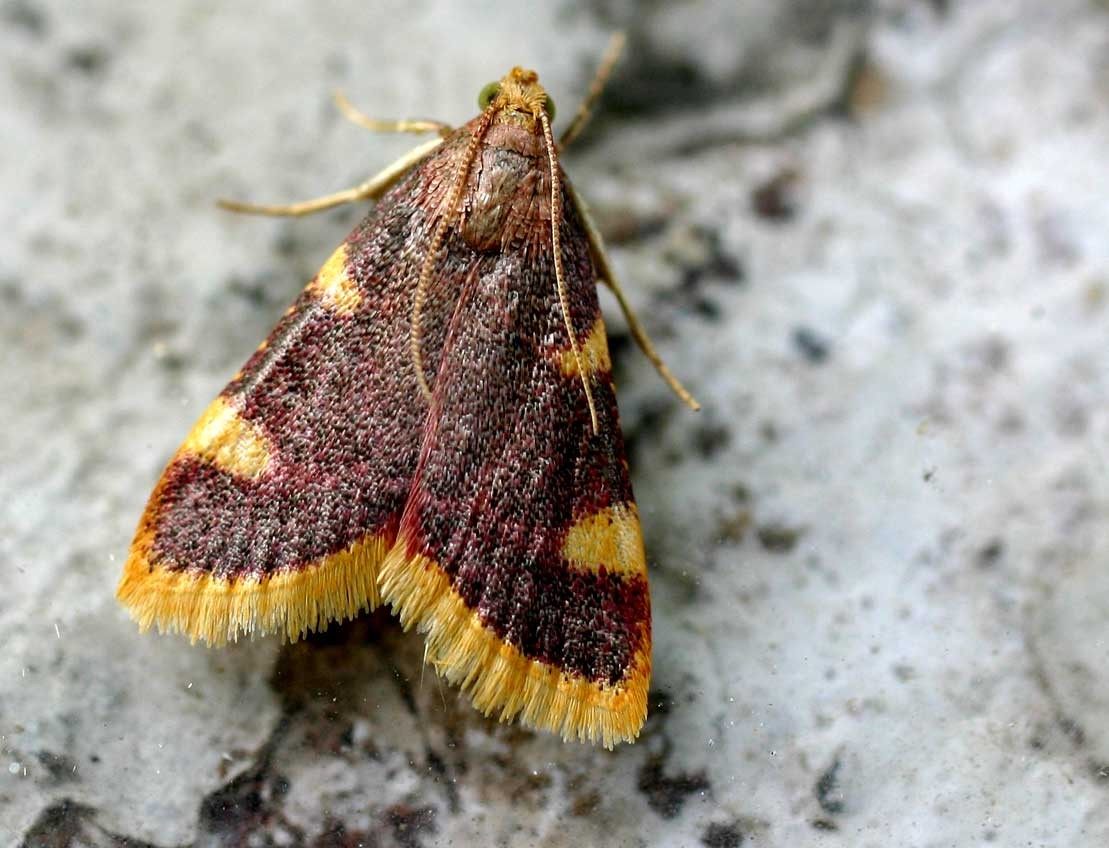
6. Clover hayworm moth
The wingspan is 1.6 - 2.5 cm. 
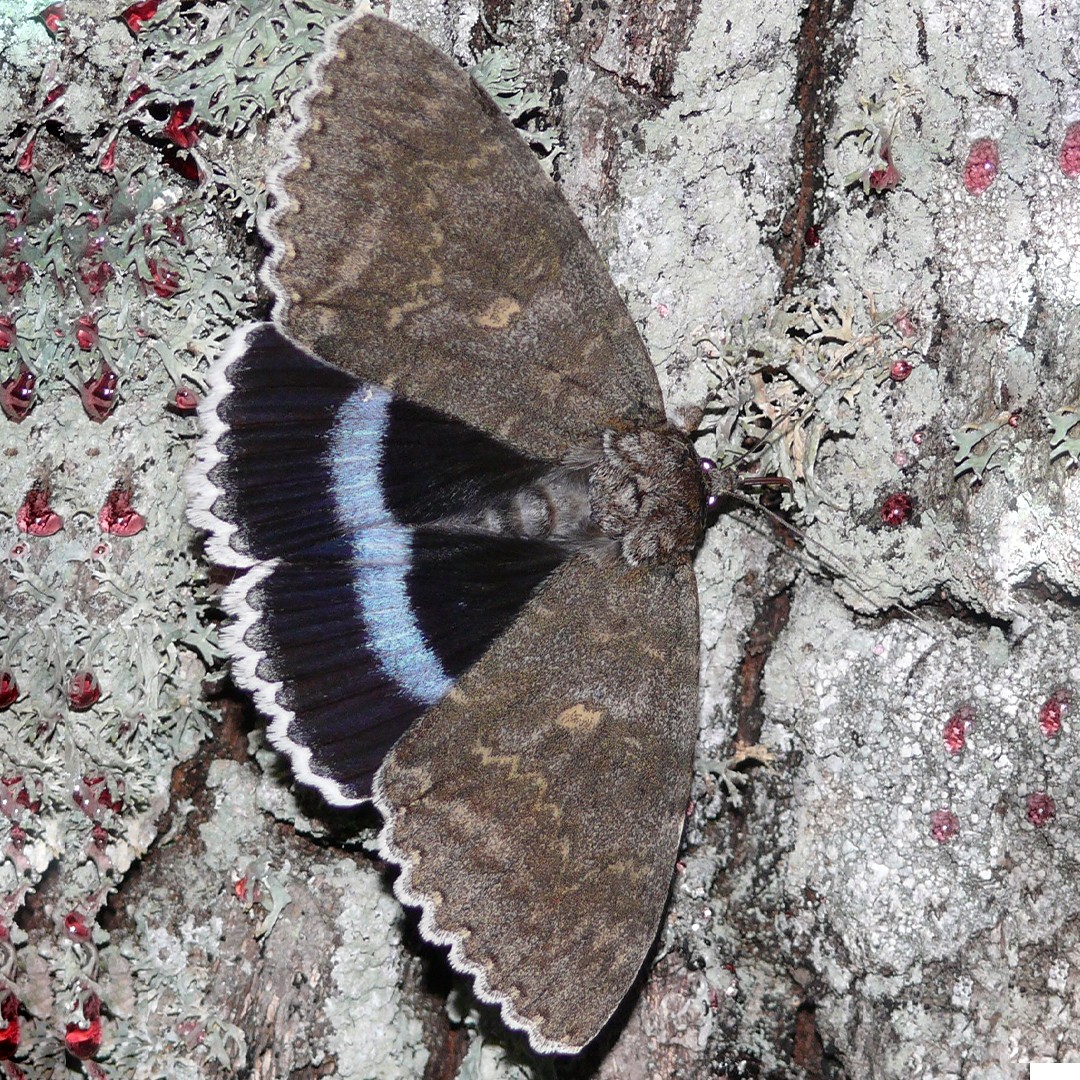
7. Clifden nonpareil
Forewing whitish ochreous, irrorated with pale or dark grey, sometimes with a yellow tinge; inner and outer lines blackish, dentate, double; median and subterminal lines blackish, dentate; reniform stigma with black centre and outline; beneath it a pale yellowish diamond-shaped spot outlined with moerens. dark; hindwing blackish, with a broad blue postmedian band. — ab. moerens Fuchs has the forewing more or less strongly suffused throughout with blackish grey, obscuring the markings; — the form gaudens Stgr. on the other hand, from Central Asia, is very pale, with most of the black scaling obsolete; in the ab. contigua Schultz the pale spot below the reniform stigma is elongated outwards to touch the outer line, often, as well as the outer line itself, strongly yellow-tinged, especially noticeable in examples with the ground colour dark; -angustata Schultz is distinguished by the narrowness of the blue band of the hindwing; — the ab. maculata Kusenov shows a white mark at the lower angle of cell of hindwing. Schultz also records an instance of albinism in the forewings, where the grey scales throughout have become white, and the black lines brownish yellow, the hindwings remaining unaltered. 
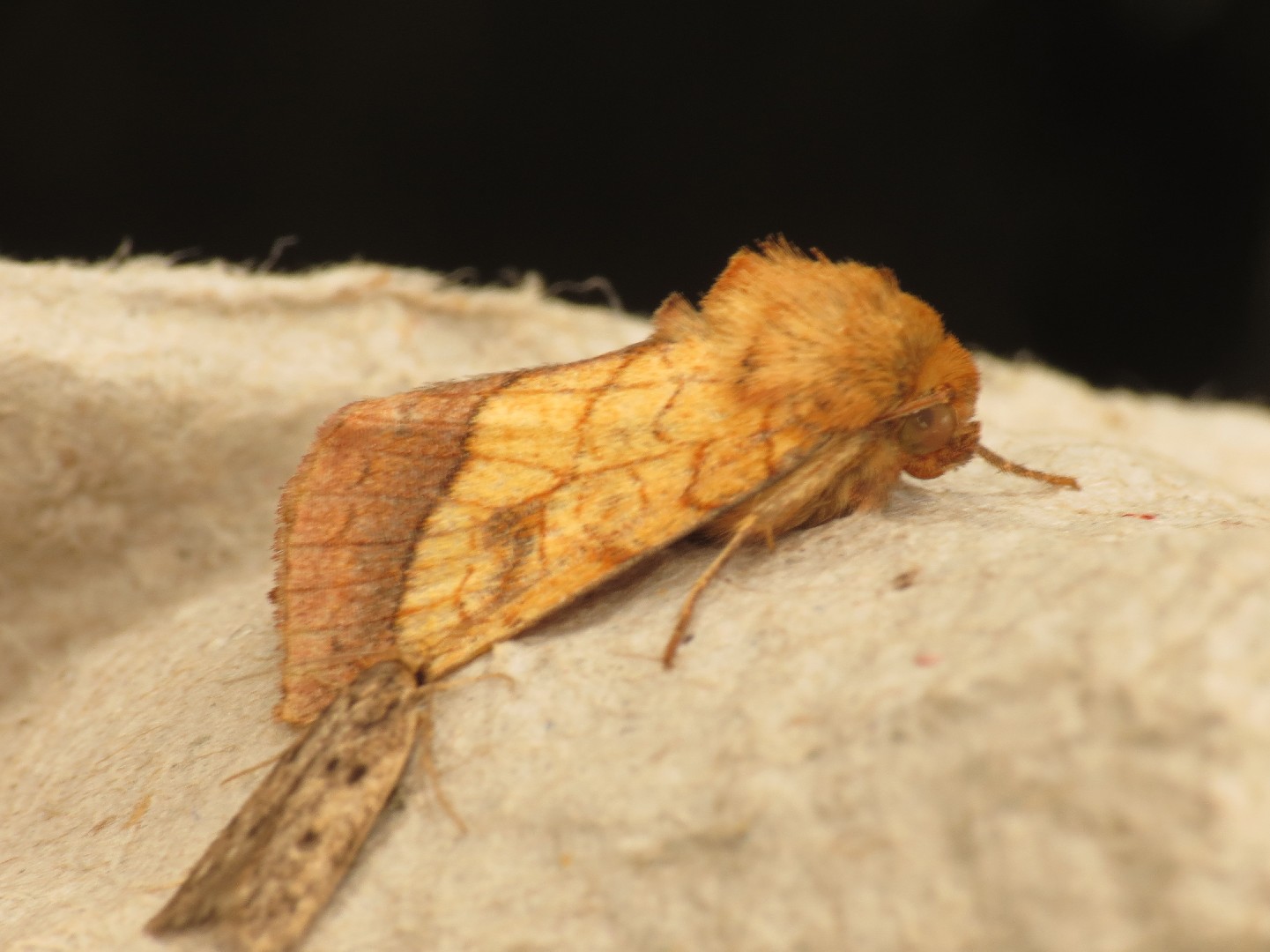
8. Bordered sallow
The wingspan is 27–35 mm. The length of the forewings is 16–19 mm. The forewings are a deep olive yellow, faintly dark dusted, from the base to the outer line, beyond which the terminal area is purplish grey, paling towards termen; the lines bright brown; the inner angled inwards on the veins and outwards between them; the outer stronger, oblique and slightly sinuous from the subcostal bend, generally followed by a purplish-grey shade; median shade bent on median vein: submarginal line lunulate-dentate, dark brown, the area beyond it often golden brown; orbicular and reniform of the ground colour, with brown outlines and brownish centres; the claviform outlined only; hindwing straw yellow; with broad black terminal border, dark cellspot, and pale fringe; — ab. marginata is a paler yellow form, with the termen of both wings paler, and the dark centre of the reniform stigma prominent; a rare aberration, in which the base of forewing is darkened, is called rutilago Haw. 
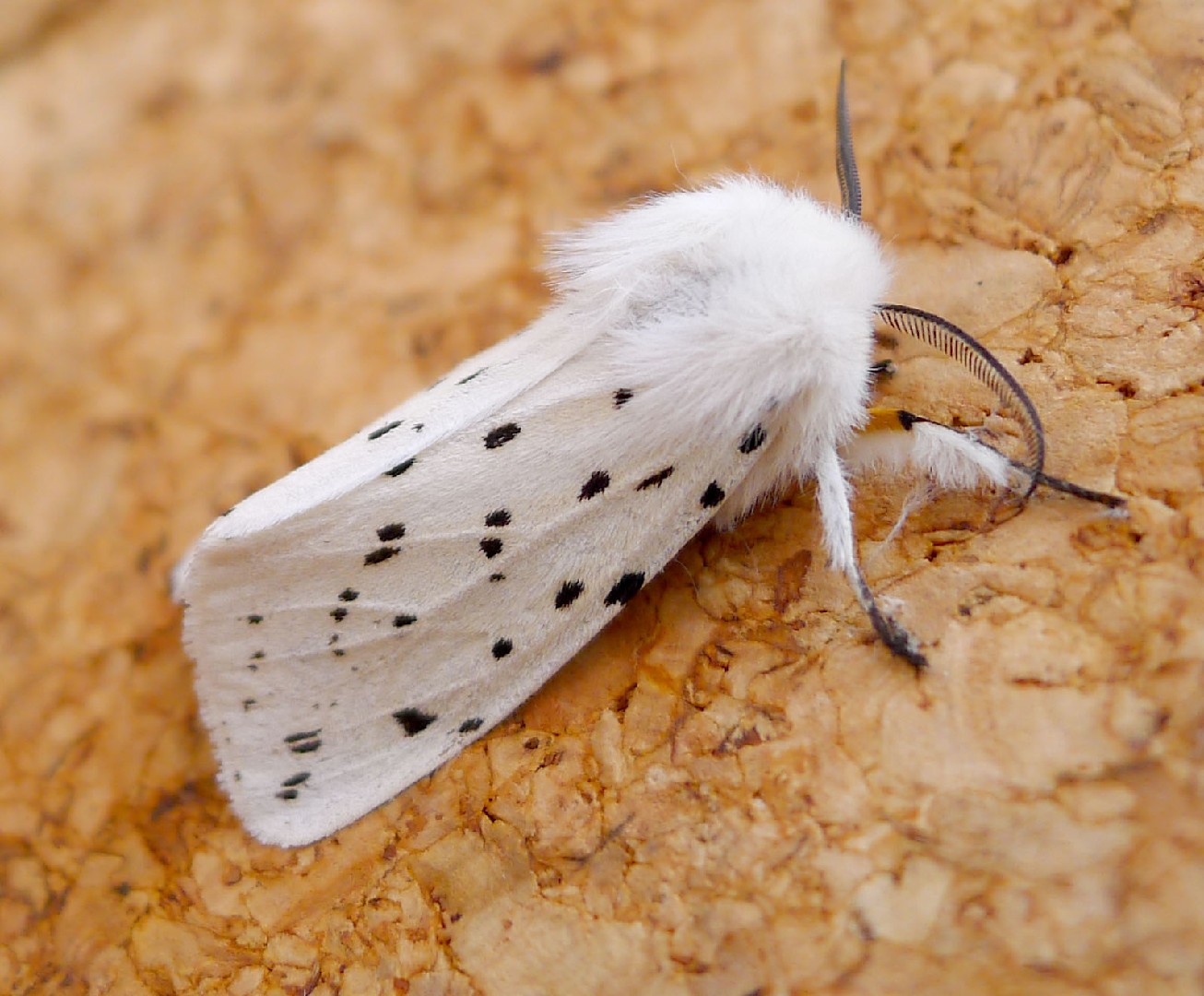
9. White ermine
With its bright white and black-spotted wings, the white ermine moth perhaps gets its name from the small mammals called ermines, which turn a vibrant white in the winter. This lovely insect is a delight to spot in the wild and can be found in many habitats all around the world.
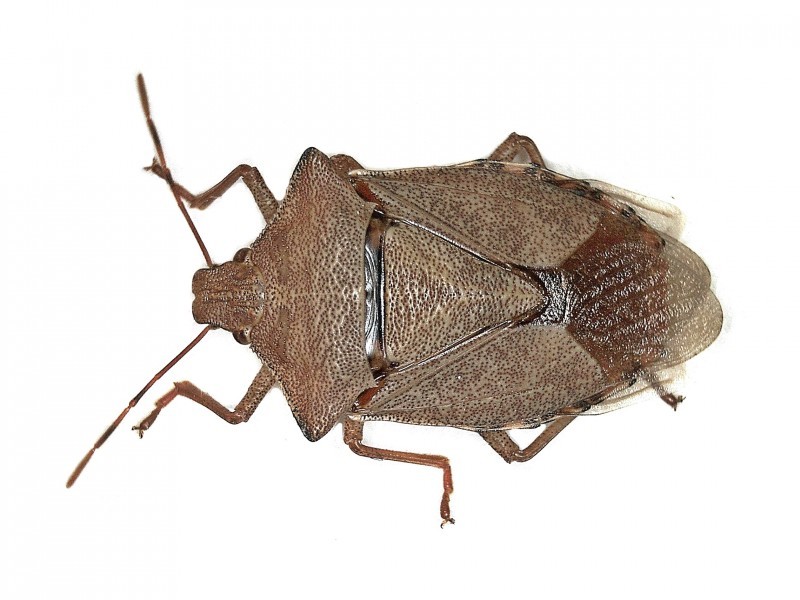
10. Dock leaf bug
More
